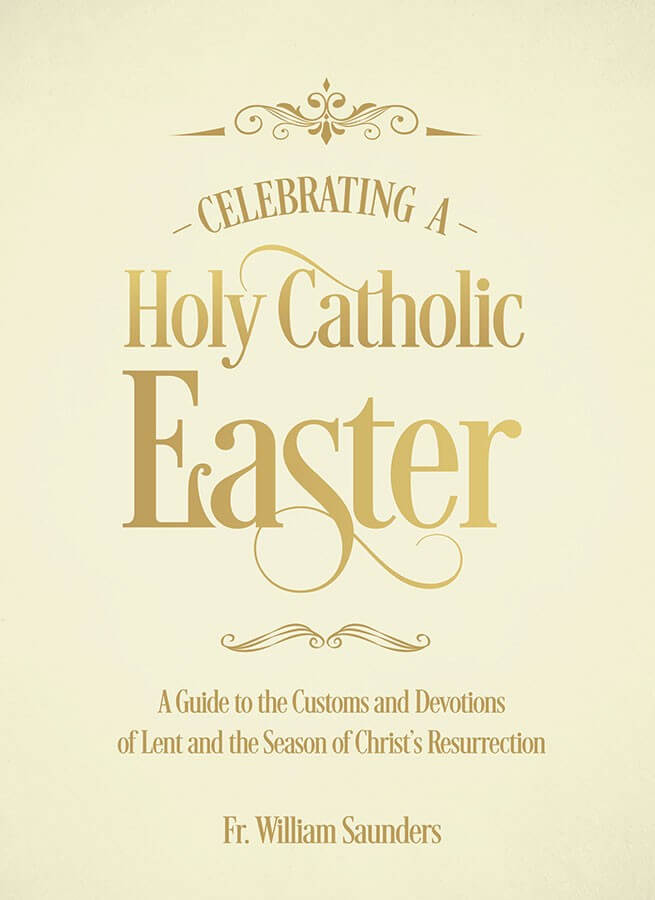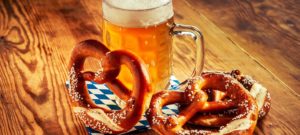
While beer and pretzels might be most closely associated with oom-pah music, polka dancing and Oktoberfests, they have a much older and more spiritual pedigree as the “official beverage and food of Lent,” according to Father William Saunders.
It all goes back to the Lenten practices of the Middle Ages, said Father Saunders, author of the newly released book, “Celebrating a Holy Catholic Easter: A Guide to the Customs and Devotions of Lent and the Season of Christ’s Resurrection.”
Because dairy products were excluded from the diet as part of the medieval Lenten fast and because the faithful in many areas of the church abstained from all meat and animal products in the weeks leading up to Easter, people looked for simple foods that would fulfill the abstinence and fasting laws, the author said.
“In the 600s, a monk in Italy used water, flour and salt to make this special little Lenten bread,” Father Saunders said.
The monk rolled the simple dough into thin strips and crisscrossed them so they looked like crossed arms, a then-popular prayer position.
“The three holes were to represent the Holy Trinity,” Father Saunders said, noting that the dough was baked into a soft bread that became known as “bracellae,” the Latin word for “little arms.” The Germans derived the word “bretzel” from the Latin, which evolved into “pretzel.”
It is said that the hard pretzel came about after a young monk overbaked dough when he fell asleep while on pretzel-baking duty, Father Saunders said.
“The monks would distribute pretzels to the poor and also give them to children who could recite their prayers,” said Father Saunders, founding pastor of Our Lady of Hope Catholic Church in Potomac Falls, Va., in the Diocese of Arlington.
Father Saunders, whose research included consulting material from the pretzel maker Synder’s of Hanover, noted that in 1529, when Ottoman Turks besieged Vienna, they began digging a tunnel after they failed to penetrate the city’s defenses.
A tradition holds that monks in the basement of a nearby monastery were baking pretzels when they heard the sounds of digging and warned a guard, Father Saunders said.
“They saved the city,” he explained, “and so the emperor actually gave the monks a coat of arms with a pretzel on it.”
Beer became a popular Lenten drink because monks, who abstained from wine and dairy products during Lent, needed a hearty drink to sustain them, Father Saunders said. They brewed a strong lager high in carbohydrates and nutrients.
Beer was particularly associated with a monastery established in the 1600s by the Order of Minims near the city of Munich. The monks began brewing beer there in 1634, continuing to 1799 before the brewery was purchased by Franz Xavar Zacherl and the brewing tradition was carried on by the Paulaner Brewery.
“Beer was a very good, hearty drink,” Father Saunders said. “It kept the monks happy.”
Click play below to listen to a “Catholic Baltimore” radio interview with Father Saunders about his new book.
Read more about Lent in the Archdiocese of Baltimore here.
Email George Matysek at gmatysek@CatholicReview.org.

